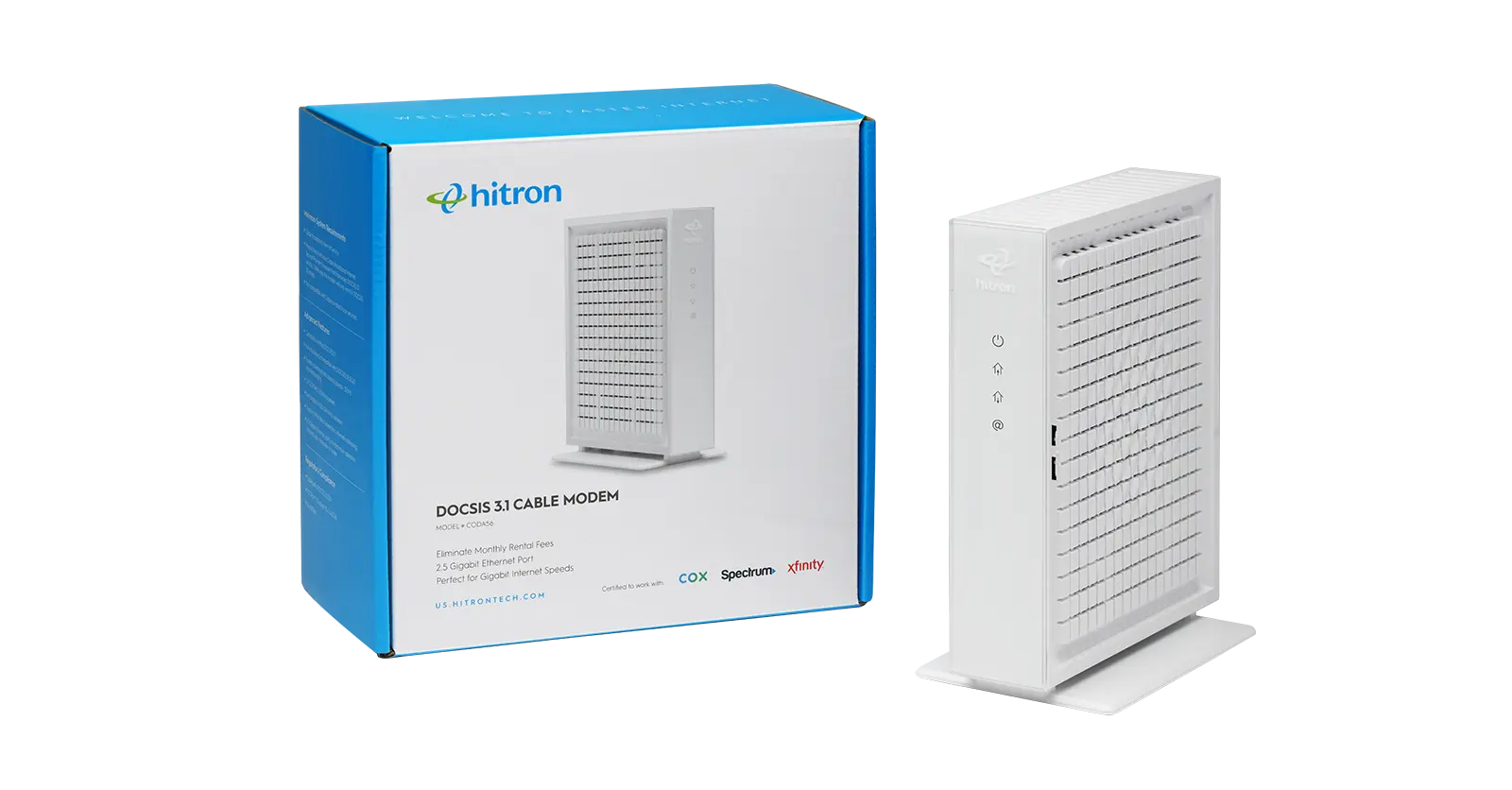Here’s what you need to know about MU-MIMO, beamforming, and band steering. Each technology is very similar in making a WiFi network faster and more efficient, but they do have slight differences. Let’s break it down.
What is Beamforming?
Beamforming is a router feature technology that directs signals toward the intended wireless device that is connected to it instead of sending signals in random directions. Without beamforming, signals are sent in every possible direction. Beamforming and MU-MIMO work together. Since the signal is more efficiently used, MU-MIMO can help increase WiFi range and speed on a WiFi network.
What is Band steering?
Band steering is a router feature that automatically connects your devices to the best available WiFi frequency in your home. Typically, most cable modems or cable modem routers come with two main frequency bands: 2.4 GHz and 5 GHz. A router that supports band steering takes inventory of all the connected devices and decides which to send to different frequency channels to efficiently maintain your WiFi network performance.
What is MU-MIMO?
MU-MIMO stands for Multi-User, Multi-Input, Multi-Out. This technology is a router feature that started with WiFi 5 and has advanced with WiFi 6. MU-MIMO allows an access point to simultaneously communicate with devices. This means sending and receiving data from the Internet to multiple devices at the same time for faster and more efficient wireless Internet.
How are they different?
While beamforming, band steering, and MU-MIMO technology are similar in that they make your network more efficient, how they do this is the difference. Each is a critical component though, and when they work together, they help make your WiFi better. The difference:
- Beamforming allows point-to-multipoint communication to create a stronger, better, faster wireless communication.
How: It can temporarily bend the network towards wireless devices at the far end of the house to improve their signal strength. This is especially helpful in large, multi-story homes.
- Band steering enabled on your router allows your 2.4 GHz and 5 GHz networks use the same SSID name and password.
How: When enabled, your wireless router can decide which band to put all your connected devices on to get the best performance.
- MU-MIMO sends signals around obstacles in your home to help deal with dead spots.
How: It creates an express lane (or lanes) on your wireless network to make sure any slower WiFi devices don’t affect the faster devices.
Want more information on MU-MIMO and other WiFi boosting resources? Check out Hitron’s Learn Page for more.
